

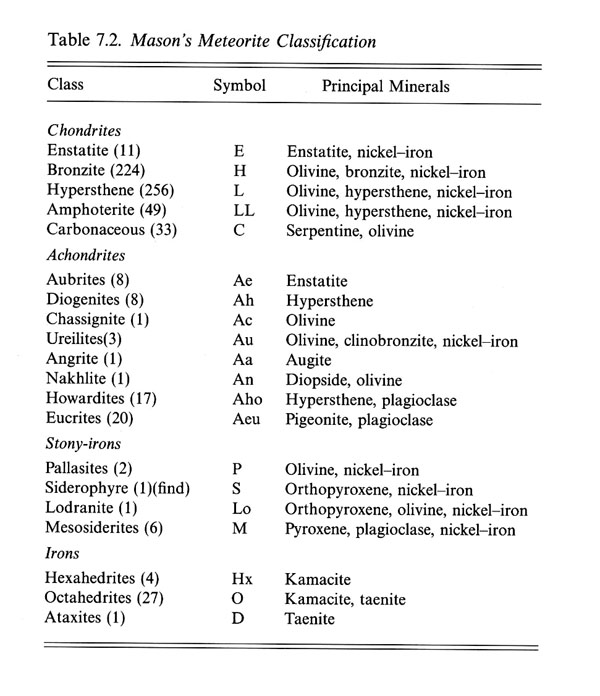

Carbonaceous Chondrite
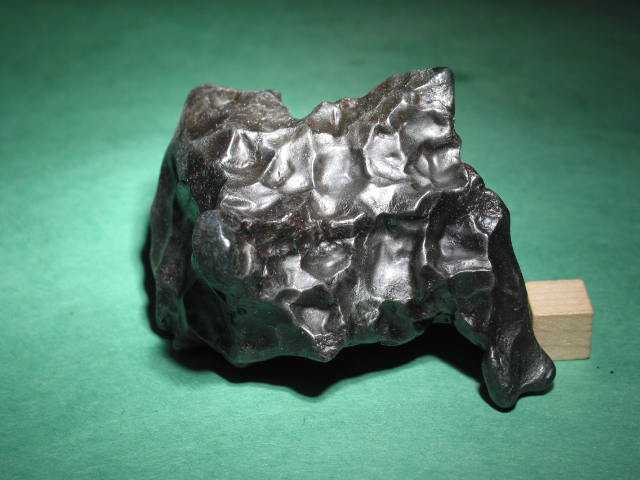
Iron Meteorite
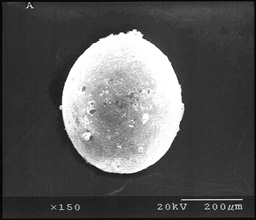
Micrometeorite
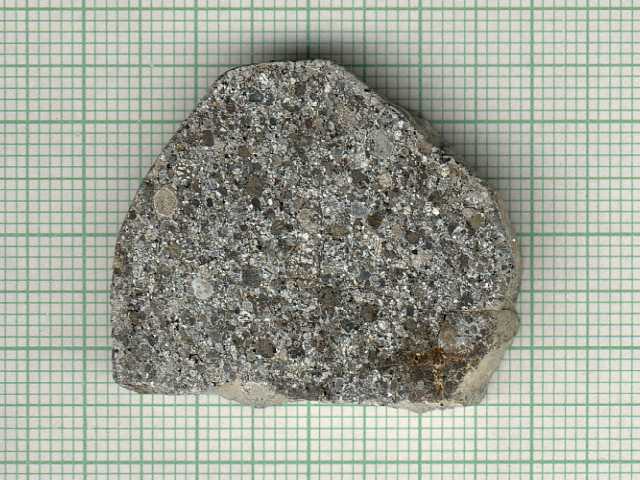
Ordinary Chondrite
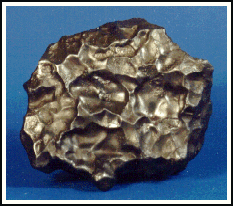
Iron Meteorite (Sikhote 3)
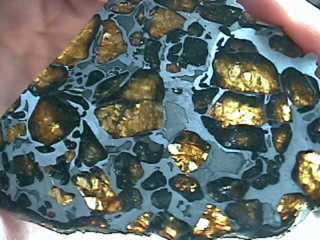
Stony-iron Meteorite

Widmanstatten Patterns
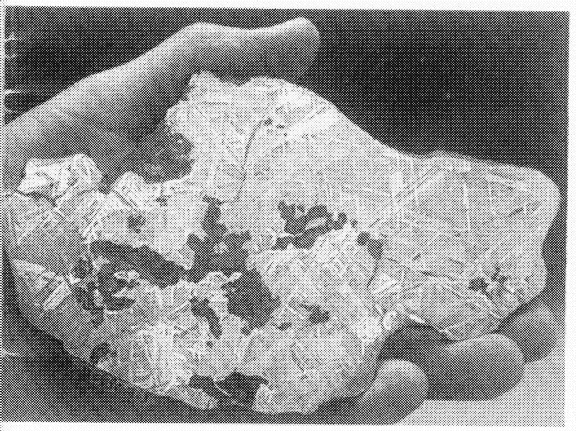
Widmanstatten Patterns
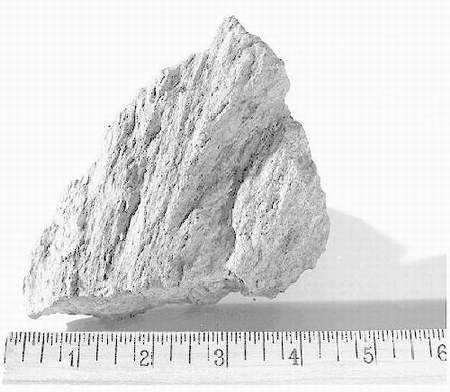
Shatter Cone (Carswell)
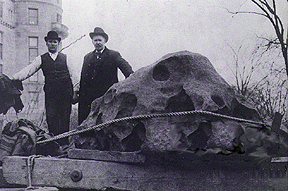
Willamette Meteorite
| S-type | Surfaces are iron or magnesium-rich silicates plus perhaps metallic iron-nickel. Moderate albedos (0.1-0.2), reddish, low abundance of volatiles. Reside in the inner part of the asteroid belt. |
| E-type | Similar to S-type, but higher albedos (0.25-0.6) and a tendency to be closer to the sun. |
| M-type | Metallic iron-nickel surfaces. Albedos 0.10-0.18, reddish, inner belt comixed with S-types. |
| C-type | Most common. Dark albedos (0.03-0.07), carbonaceous material, many have volatiles such as water. |
| B-, F-, G-type | Similar to C-type in composition and location. They have small but detectable spectral differences. |
| P-type | Outer-edge and beyond-belt. Reddish, albedos 0.02-0.06, probable organic compounds present. |
| D-type | Even redder than P-types, and farther from the sun. Jupiter's Trojans are dominated by D-types, and some of Jupiter's smaller moons also exhibit similar spectra. |
